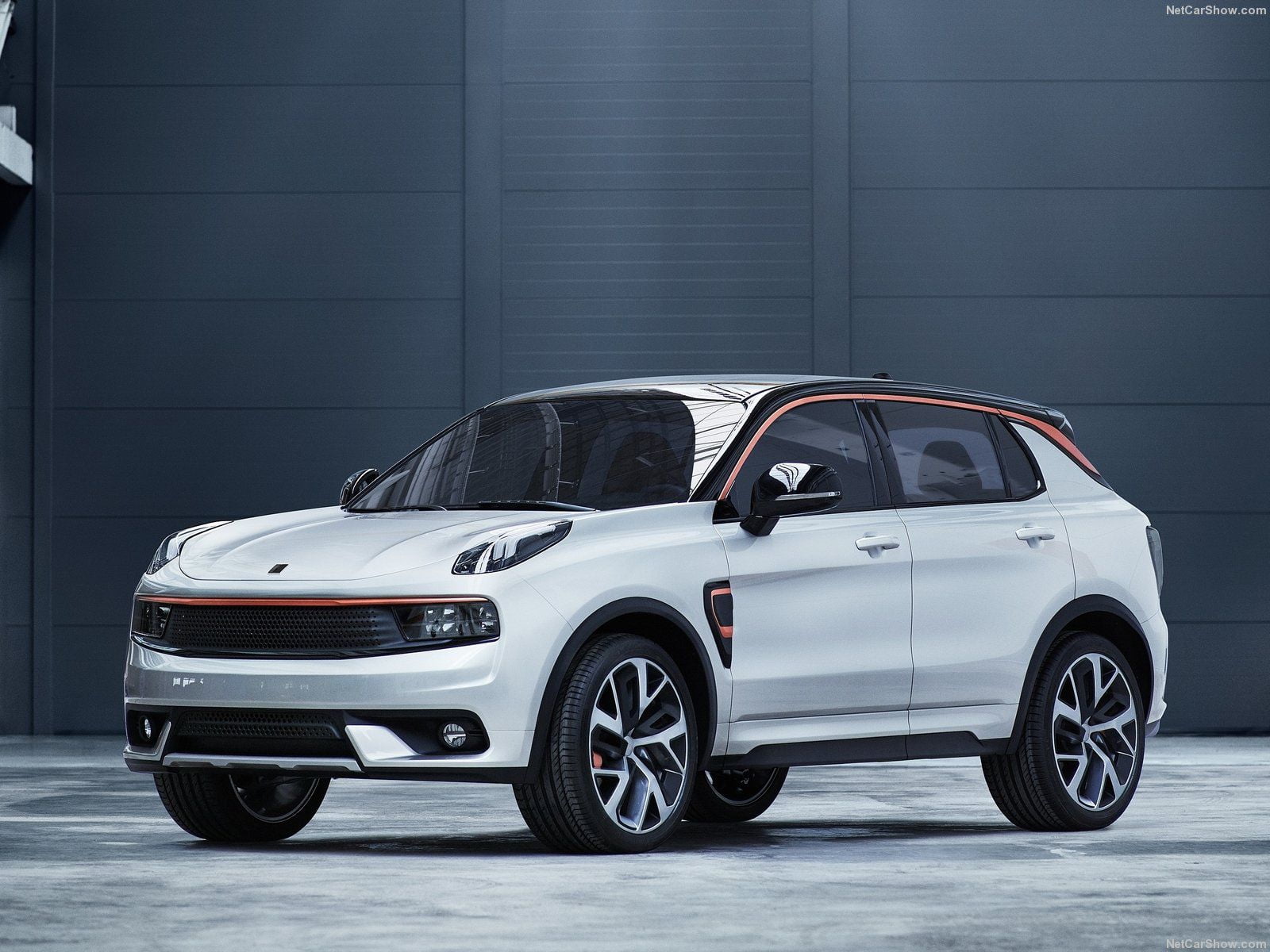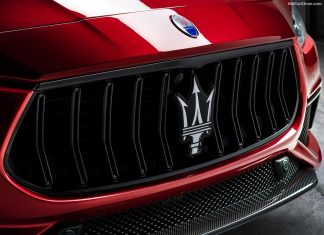Chinese Auto Market fell down in 2018 first time since the ’90s. The market fell during the second half, despite tax reduction ending the year at 27.5 million units. Volkswagen led the market with over double sales than Honda, while Geely (+10%) advanced in third place.
Economic Environment
Chinese economic growth slowed again in the fourth quarter as spillovers from both financial deleveraging earlier in the year and the trade spat between China and the United States continue to weigh on economic activity.
Although policy easing is preventing the economy from decelerating sharply and the slowdown appears to be manageable for now, risks are mounting.
Economic growth will remain lackluster this year on the back of moderating domestic growth amid trade tensions between China and the U.S. Although authorities will rely on fiscal and monetary policy support to avoid any sharp slowdown, the scale of the policy stimulus will be rather limited compared to previous initiatives.
Market Trend
Chinese domestic vehicles market has reduced the growing speed since 2016, after having achieved the 30% of global sales. The future evolution is clearly driven more by real solution regarding the two main issues created by the last decade market boom, pollution and traffic congestion.
Chinese government has shifted its attention from total volume to engine mix and is progressively creating incentives to small and low emission vehicles, while supporting investment in the AFVs, mainly electric.
In this direction, in January 2017 it has been increased the duties for vehicles with engines displacements over 1.6 liter (from 5% to 7.5%). During the 2017, according to the data released by the C.A.A.M., (China Association of Automobile Manufacturers) new light vehicles sales (including both domestic produced and import) have been 28.2 million, up 0.9%.
The Chinese government announced on 22 May 2018 that the customs duty for CBUs had be reduced from 25% or 20% to 15% from 1 July 2018, and that the duty for auto parts were be cut simultaneously to 6%. This adjustment means that Passenger Vehicles (PVs) had been taxed at 15% since last July, instead of the previous 25%.
However, in the 2018 the Chinese vehicles market has progressively lost steam, following the deceleration of the domestic consumer demand. Indeed, after a positive start, the market has performed negatively during the second half of the year, ending with sales down 3.7%. The market has interrupted the positive trend of recent years losing for the first time since ’90s and closing the 2018 with 27.5 million units sold.
Competitive Arena
The 2018 market leader was Volkswagen, ending with over the double sales than the second with 3.1 million vehicles (-0.4%) and 11.7% of market share.
At the end of an amazing run Honda has taken the second place with actual figures at 1.45 million units (+2.4%).
In third place Geely with 1.37 million (+10.0%) few units ahead of Toyota with 1.37 million (+13.5%).
In fifth place Nissan with 1.23 million units (+7.7%) followed by Changan with 1.15 million (-17.0%), Wuling with 1.1 million (-1.2%), Buick with 1.06 million (-13.1%), Baojun with 879.077 (-13.9%) and in 10th place by Hyundai with 802.000 (-3.9%).
At model-wise, pushed up by new generation launch, the Volkswagen Lavida recovered the leadership since June with the launch of last generation and established itself on top of the 2018 list with 503.825 (-2.6%) sales ahead the Nissan Sylphy able to escalate the ranking up to the second place with 481.216 (+18.9%) and the Wuling Hongguang with 476.538 (-10.5%).
The list of Chinese Best Selling models ranking for the current and previous year is available in dedicated section.
Tables with sales figures
In the tables below we report sales for all Brands, top 10 Manufacturers Group and top 10 Models











